Exhibition dates: 7th May – 9th October 2022
Jim Dow (American, b. 1942)
“Fortune Teller” Sign. US 79 & 80, Greenwood, Louisiana
1975
Gelatin silver print
15 5/8 × 19 9/16 inches (39.7 × 49.68cm)
The Nelson-Atkins Museum of Art
Gift of the Hall Family Foundation
These photographs build on the lexicon of existing photographs of this type (Americurbana) from photographers such as Dorothea Lange, Berenice Abbott, Walker Evans, Margaret Bourke-White, Minor White and Harry Callahan. As such they add to the pantheon of known images on a subject. Dow studied with not just Harry Callahan, but also Walker Evans and Minor White, and these are early images in the development of the artist, when he was starting to find his artistic signature.
In some of the first images such as Lott’s Grocery Store. US 11, Bessemer, Alabama (1968, below) we can see Dow’s indebtedness to his teacher, Walker Evans’ vision; in other later photographs (1972 onwards) we see Dow’s concentration on detail, so that the sign fills the frame. In these contextless, groundless photographs the signs become floating signs, floating signifiers, where interpretation is left wholly up to the viewer.
In this sense, Dow is developing a different artistic and visual language to describe the American vernacular… graphic, isolated, strong and more than slightly surreal images that creep into the imagination as if in a bad dream. The robotic head covered in neon; the bowling ball struck through with an arrow; the diver like a swooping fighter plane; the skeletal horse and rider; and the look of fear on the child’s face as he gets inoculated. Weird tales and gothic fiction.
Dr Marcus Bunyan
Many thankx to The Nelson-Atkins Museum of Art for allowing me to publish the photographs in the posting. Please click on the photographs for a larger version of the image.
Vivid, clear-sighted images of American vernacular signage and architecture encountered along old US highways showcase the early black-and-white work of the acclaimed photographer Jim Dow.
The American photographer Jim Dow (b. 1942) is renowned for photographs that depict the built environment – he first gained attention for his panoramic triptychs of baseball stadiums – and for his skill at conveying the “human ingenuity and spirit” that suffuse the spaces. This book is the first to focus on Dow’s early black-and-white pictures, featuring more than 60 photographs made between 1967 and 1977, a majority of which have never before been published. Indebted to the work of Walker Evans, a key mentor of Dow’s, these photographs depict time-worn signage taken from billboards, diners, gas stations, drive-ins, and other small businesses. While still recognisable as icons of commercial Americana, without their context Dow’s signs impart ambiguous messages, often situated between documentation and abstraction. Including a new essay by Dow that reveals his own perspective on the development of the work, Signs suggests how these formative years honed the artist’s sensibility and conceptual approach.
“Late in the fall of 1965, I met Walker Evans. I had no idea who he was or anything about his work. But his book ‘American Photographs’ completely changed the way I thought about photography. The pictures were descriptive, literate and distinct. They could be read slowly; information was packed into every square inch. They were intense but not dramatic. Rigorous in their making, they demanded attentive scrutiny. It was clear that I had a template for my education through a classic method: at first emulate, then lease the space and ultimately own the process, until taking pictures was no longer a re-enactment. …
I never travelled around the US to find myself. I went to find people, places and things I didn’t know about. Leaving familiar confines is an outward-facing process best done by car on older two- or three-lane roads, stopping, looking and listening every step of the way.”
Jim Dow in the book Signs: Photographs by Jim Dow
Signs: Photographs by Jim Dow, with essays by Jim Dow and April M. Watson
Distributed for The Nelson-Atkins Museum of Art
Jim Dow (American, b. 1942)
Lott’s Grocery Store. US 11, Bessemer, Alabama
1968
Gelatin silver print
3 3/4 × 4 3/4 inches (9.53 × 12.07cm)
The Nelson-Atkins Museum of Art
Gift of the Hall Family Foundation
Jim Dow (American, b. 1942)
Abandoned Truck Stop. US 61/AR 150, near Number Nine, Arkansas
1970
Gelatin silver print
7 15/16 × 9 11/16 inches (20.14 × 24.61cm)
The Nelson-Atkins Museum of Art
Gift of the Hall Family Foundation
Jim Dow (American, b. 1942)
Bowling Pin with Arrow. US 1, Branford, Connecticut
1971
Gelatin silver print
7 7/8 x 9 11/16 inches (19.99 × 24.61cm)
The Nelson-Atkins Museum of Art
Gift of Jim and Jacquie Dow
Jim Dow (American, b. 1942)
Horse Painting on Sign, Ranch Entrance. US 87, Billings, Montana
1972
Gelatin silver print
15 7/8 × 20 1/16 inches (40.31 × 50.95cm)
The Nelson-Atkins Museum of Art
Gift of the Hall Family Foundation
Jim Dow (American, b. 1942)
Curlicue Arrow Sign. US 2, near Wenatchee, Washington
1972
Gelatin silver print
7 15/16 × 9 5/8 inches (20.14 × 24.46cm)
The Nelson-Atkins Museum of Art
Gift of the Hall Family Foundation
Jim Dow (American, b. 1942)
Rear of Screen, Van Nuys Drive-In Theatre. Old US 101, Van Nuys, California
1973
Gelatin silver print
15 9/16 x 19 ½ inches (39.52 × 49.53cm)
The Nelson-Atkins Museum of Art
Gift of the Hall Family Foundation
Jim Dow (American, b. 1942)
Detail, Diving Lady Sign. Near US 19, Blairsville, Georgia
1973
Gelatin silver print
7 15/16 x 9 11/16 inches (20.14 × 24.61cm)
The Nelson-Atkins Museum of Art
Gift of the Hall Family Foundation
For American photographer Jim Dow, a road trip was not just an excuse to travel from one place to another; it provided an opportunity to find inspiration in the unique structures lining old U. S. highways. Between 1967 and 1977, a decade marking the first ten years of his career, Dow traveled over 150,000 miles on multiple cross-country road trips, photographing vernacular architecture, signage, and commercial billboards that conveyed a unique sense of human spirit and industry. A new, free exhibition at The Nelson-Atkins Museum of Art in Kansas City, Signs: Photographs by Jim Dow, draws visitors into Dow’s fascination with the everyday structures that constitute the landscapes we inhabit.
“Although most of Dow’s subjects have long since disappeared, the impetus to make one’s mark on the land through an assertion of livelihood, values, and aspiration remains,” said Julián Zugazagoitia, Menefee D. and Mary Louise Blackwell CEO & Director of the Nelson-Atkins. “There will always be a desire to express individual agency and creativity, and Dow’s photographs remind us that as difficult as that may be, it remains vital for understanding ourselves and our community.”
Signs: Photographs by Jim Dow opens May 7 and features 62 black-and-white photographs from the early part of Dow’s career, as well as a small selection of recent colour photographs that extend the themes forged during his formative years.
“Dow travelled on back roads rather than the interstate system,” said April M. Watson, Senior Curator of Photography. “He always sought unusual or unique subjects that stood apart from the corporate chains that had begun to dominate the social landscape, often isolating specific details so they appear unmoored from their immediate surroundings.”
Born in 1942, Dow grew up in Belmont, Massachusetts and attended the Rhode Island School of Design. As an undergraduate, he majored in graphic design, and in his senior year, had the good fortune to take his introductory photography classes with renowned photographer Harry Callahan. Thanks to Callahan’s influence, Dow was able to continue graduate studies at RISD, completing his MFA in photography in 1968.
A meeting with Walker Evans while Dow was in graduate school made a profound impact on him. Dow found Evans’s sophisticated embrace of vernacular American subject matter and straightforward, descriptive application of the medium to be revelatory. Between 1969 and 1971, he worked closely with Evans when printing Evans’s work for a career retrospective at the Museum of Modern Art in New York. In the late 1960s, Dow began searching for his own subject matter, taking numerous road trips. Roadside diners, drive-in movie theatres, ice cream stands, burger joints, billboards, gas stations, and small-town, storefront murals all became part of Dow’s regular roster of subjects, as he refined his own artistic vision. Grants from the National Endowment for the Arts in 1973, and a Guggenheim Fellowship in 1974 allowed Dow to continue his project.
This exhibition is accompanied by a fully illustrated catalogue with essays by Dow and Watson, distributed by Yale University Press. Signs: Photographs by Jim Dow runs through Oct. 9, 2022.
Jim Dow (American, b. 1942)
Trailer Park Sign. US 27, Red Bank, Tennessee
1973
Gelatin silver print
7 7/8 × 9 11/16 inches (19.99 × 24.61cm)
The Nelson-Atkins Museum of Art
Gift of the Hall Family Foundation
Jim Dow (American, b. 1942)
Neon Cowboy Sign. US 66, Duarte, California
1973
Gelatin silver print
8 × 9 15/16 inches (20.32 × 25.22cm)
The Nelson-Atkins Museum of Art
Gift of the Hall Family Foundation
Jim Dow (American, b. 1942)
Lady Reclining on La-Z-Boy Sign. PA 61, Shamokin, Pennsylvania
1973
Gelatin silver print
8 × 9 15/16 inches (20.32 × 25.22cm)
The Nelson-Atkins Museum of Art
Gift of the Hall Family Foundation
Jim Dow (American, b. 1942)
Coffee At It’s Best Sign. US 11, Pittston, Pennsylvania
1973
Gelatin silver print
8 x 9 15/16 inches
The Nelson-Atkins Museum of Art
Gift of the Hall Family Foundation
Jim Dow (American, b. 1942)
“Heated Pool” Sign at Motel. US 99, Bakersfield, California
1975
Gelatin silver print
7 11/16 × 9 11/16 inches (19.53 × 24.61cm)
The Nelson-Atkins Museum of Art
Gift of the Hall Family Foundation
Jim Dow (American, b. 1942)
Detail, Coy Getting on Inoculation Sign. US 20, Idaho Falls, Idaho
1975
Gelatin silver print
15 7/8 × 19 7/8 inches (40.31 × 50.47cm)
The Nelson-Atkins Museum of Art
Gift of the Hall Family Foundation
“Jim was extremely fortunate to study with not just Harry Callahan, but also Walker Evans and Minor White; three of the most outstanding figures in photographic history, and all masters of black and white. His formal approach to his work obviously stems from their teaching, and in some ways, his love of “collecting culture” with his 8 x 10 view camera does as well. Like Evans and to some degree, Minor White, Jim is attracted to aspects of material culture which often speak to a fading history – that of small town America. He doesn’t seek out majestic or sublime subject matter, rather, he simply elevates the everyday. This characteristic of his work aligns him with other photographers working in colour in the 1970s and 80s, such as Stephen Shore, William Eggleston, and Joel Sternfeld who were all similarly enchanted with revealing the true textures of the world immediately around us and feeding our popular imaginations. And like his peers, Jim is indelibly part of the tried and true American tradition of hitting the road and traveling extensively to make his work. His wanderlust has led him throughout the country and he has amassed an impressive archive of the American vernacular in the process.”
Hannah Sloan, The Rose Gallery quoted in Aline Smithson. “Interview with Jim Dow: The Griffin Museum’s Focus Award recipient for Lifetime Achievement,” on the Lenscratch website October 24, 2014 [Online] Cited 31/08/2022
Jim Dow (American, b. 1942)
Detail, School Crossing Sign. Albany, Georgia
1975
Gelatin silver print
7 11/16 x 9 5/8 inches
The Nelson-Atkins Museum of Art
Gift of the Hall Family Foundation
When Dow took to the road, he always sought unusual or unique subjects that stood apart from the ever-increasing presence of corporate chains. Rather than focusing on the entirety of his subjects, he often isolated specific details of image and text so that they appear unmoored from their immediate surroundings. Roadside diners, drive-in movie theatres, ice cream stands, burger joints, billboards, gas stations and small-town, storefront murals all became part of Dow’s regular roster, as he refined his own artistic vision and organically developed categories of subject matter. …
More often than not, Dow’s subjects bear the marks of time’s passage, evident in the weather-worn surfaces, outdated clichés, and stereotyped imagery that prevailed in mid-20th-century American consumer culture but had begun to deteriorate in the shifting socioeconomic and political landscape of the early 1970s. It is this sense of things passing out of one time period and into another that permeates Dow’s photographs, which are less of a particular time than about the passage of time itself. Though most of the subjects Dow photographed have long since disappeared, the impetus to make one’s mark on the land through an assertion of livelihood, values and aspiration remains. In a nation where economic prosperity relies on a perpetual renewal of tastes, trends and styles, there will always be a desire to express individual agency and creativity. Dow’s photographs remind us that as difficult as that endeavour may be in an era of monopolised, corporate consumption, it remains vital for understanding our sense of self and community.
April M. Watson, Senior Curator, Photography. “Signs: Photographs by Jim Dow,” on the K C Studio website March 11, 2022 [Online] Cited 31/08/2022
Jim Dow (American, b. 1942)
Papier-mâché Elephant. US 202, Gwynedd, Pennsylvania
1977
Gelatin silver print
7 15/16 × 9 7/8 inches (20.14 × 25.07cm)
The Nelson-Atkins Museum of Art
Gift of the Hall Family Foundation
Jim Dow (American, b. 1942)
Hardware Store Painting on Wall. Nashville, Tennessee
1977
Gelatin silver print
15 15/16 × 19 7/8 inches (40.46 × 50.47cm)
The Nelson-Atkins Museum of Art
Gift of the Hall Family Foundation
Jim Dow Trailer
Signs: Photographs by Jim Dow book cover
The Nelson-Atkins Museum of Art
4525 Oak Street
Kansas City, MO 64111
Opening hours:
Thursday – Monday 10am – 5pm
Closed Tuesdays and Wednesdays




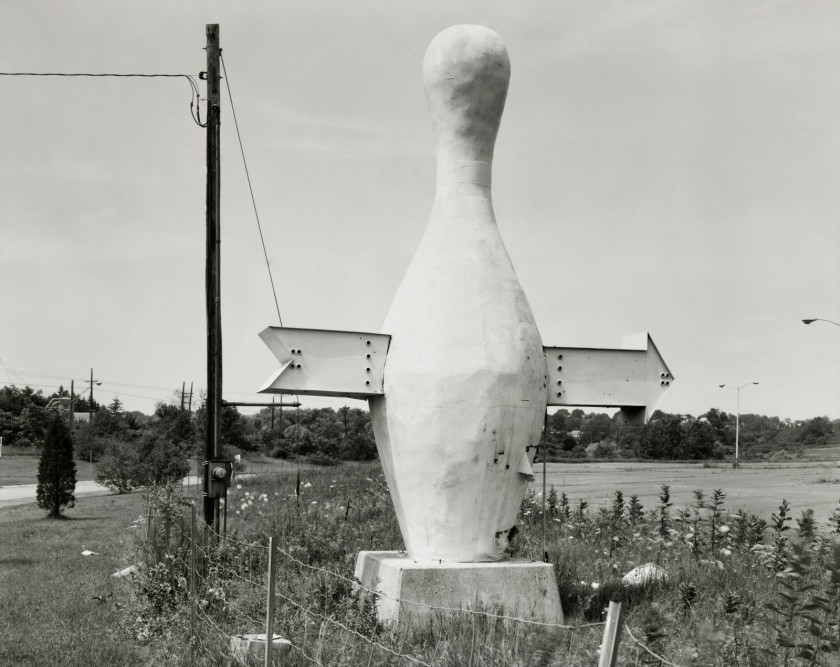
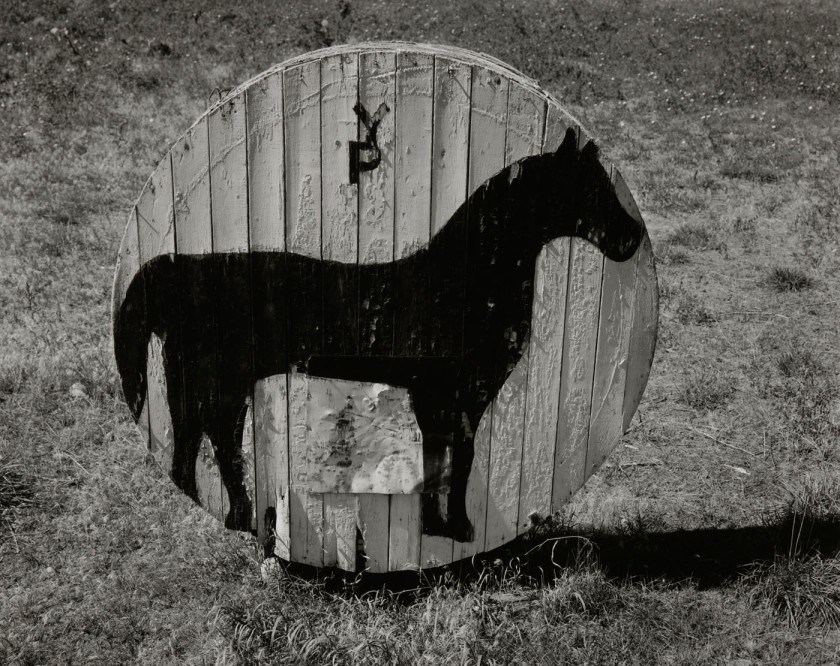
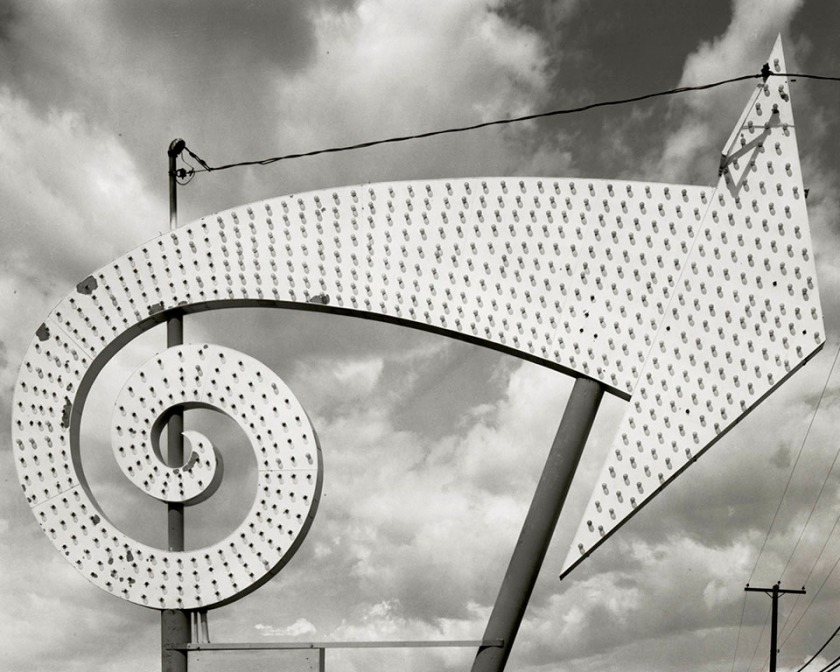
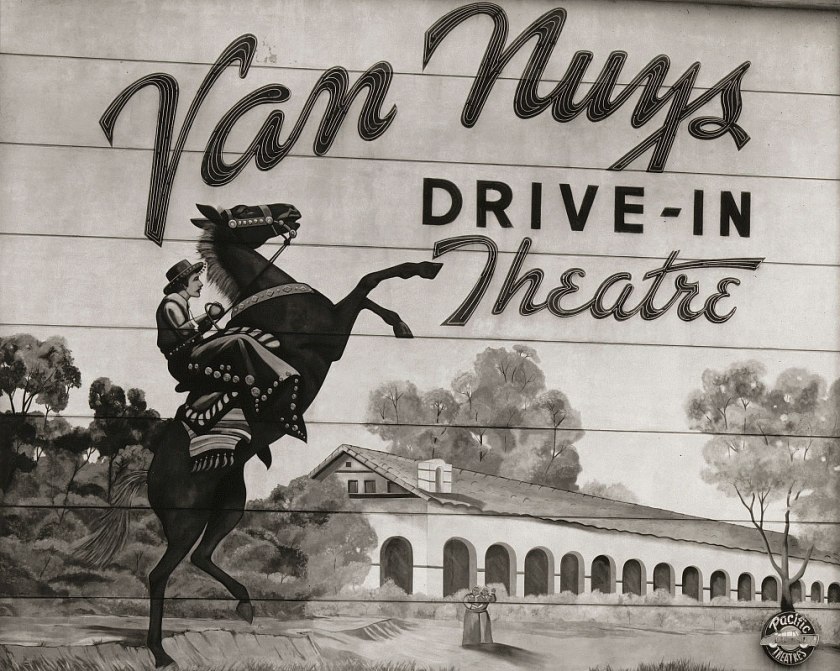

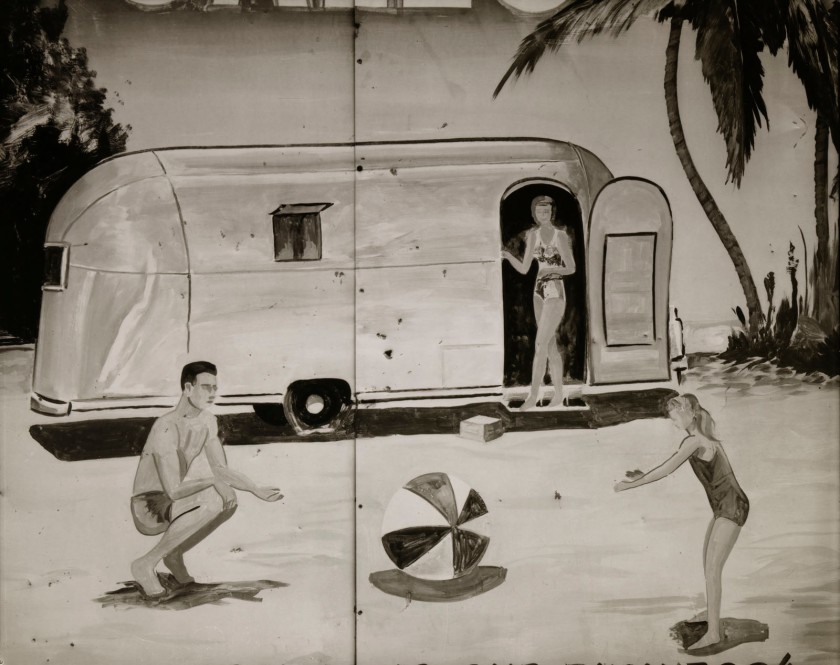

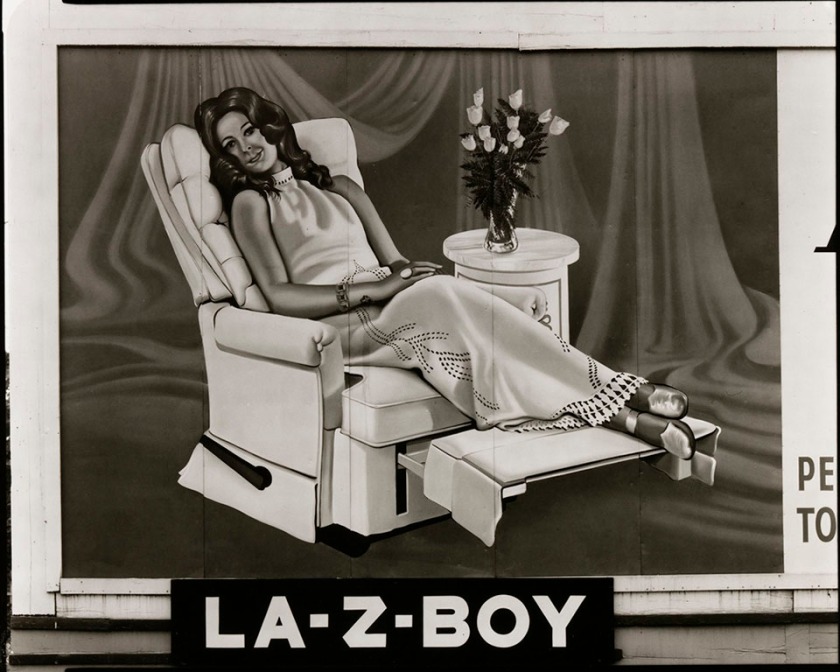
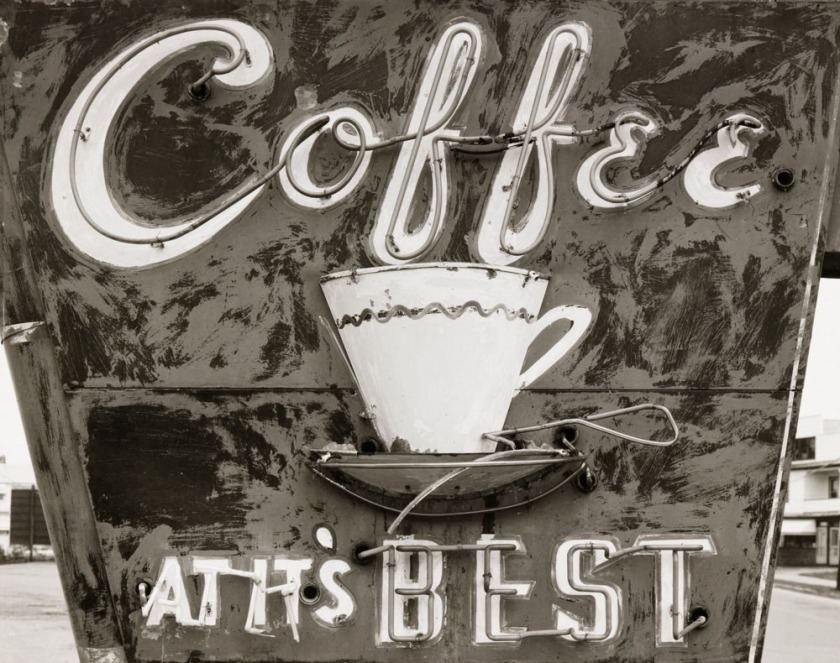
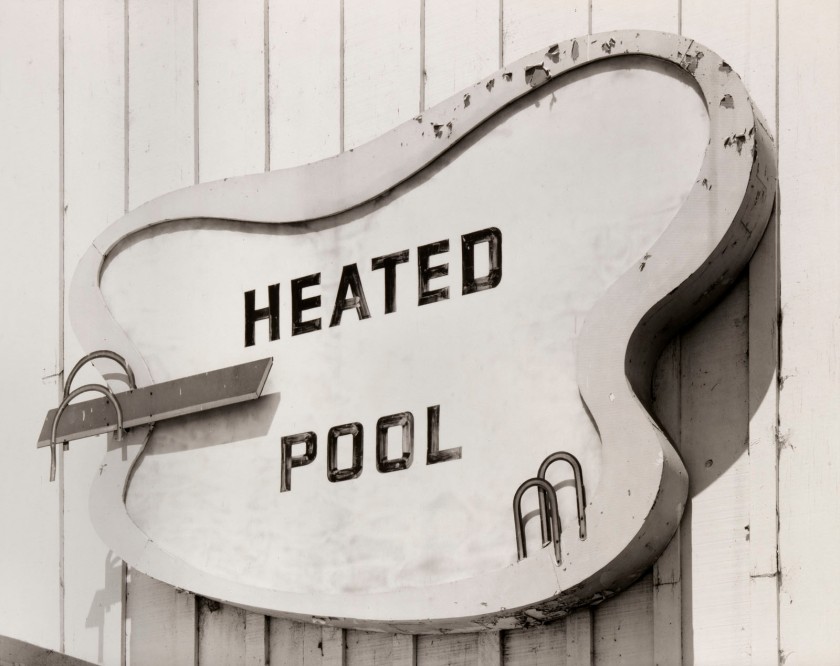
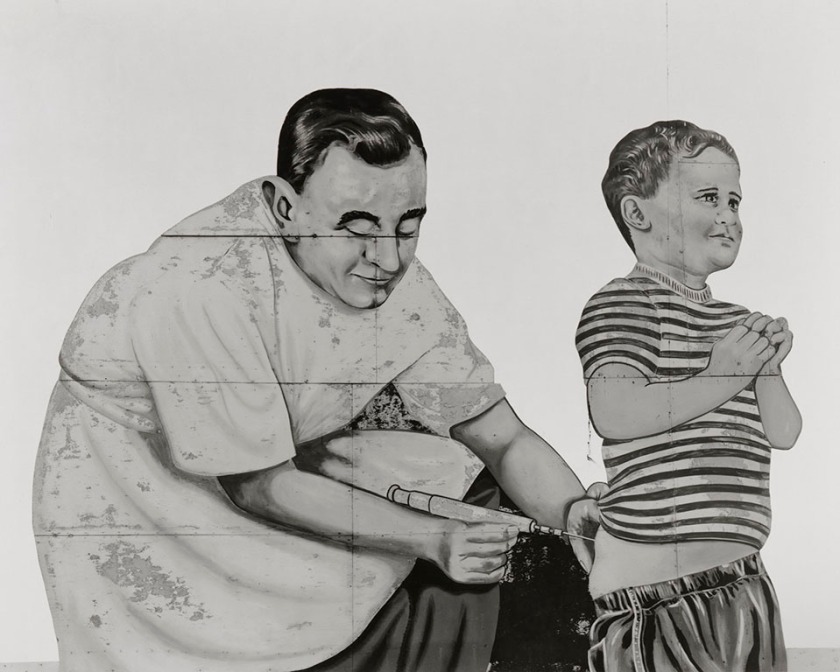
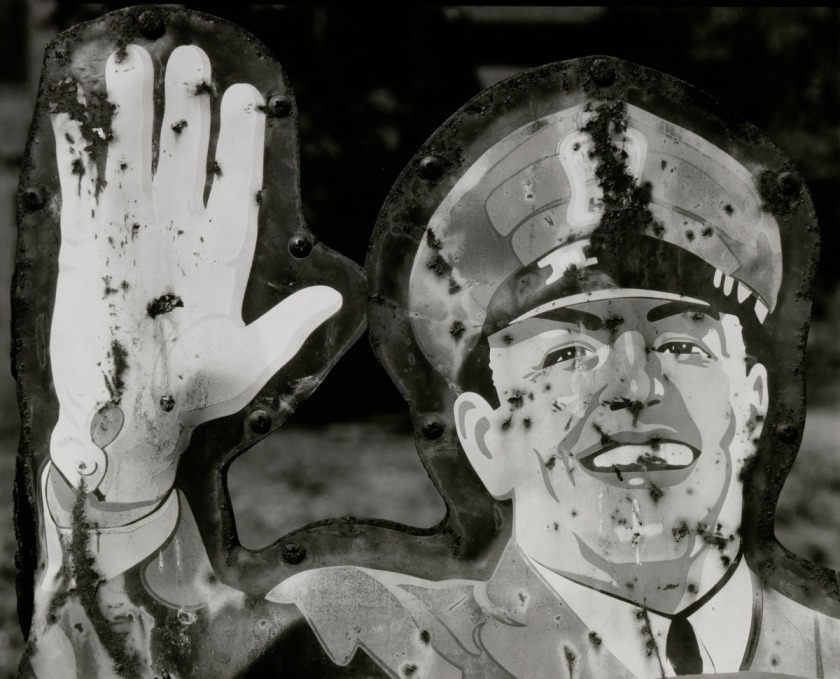

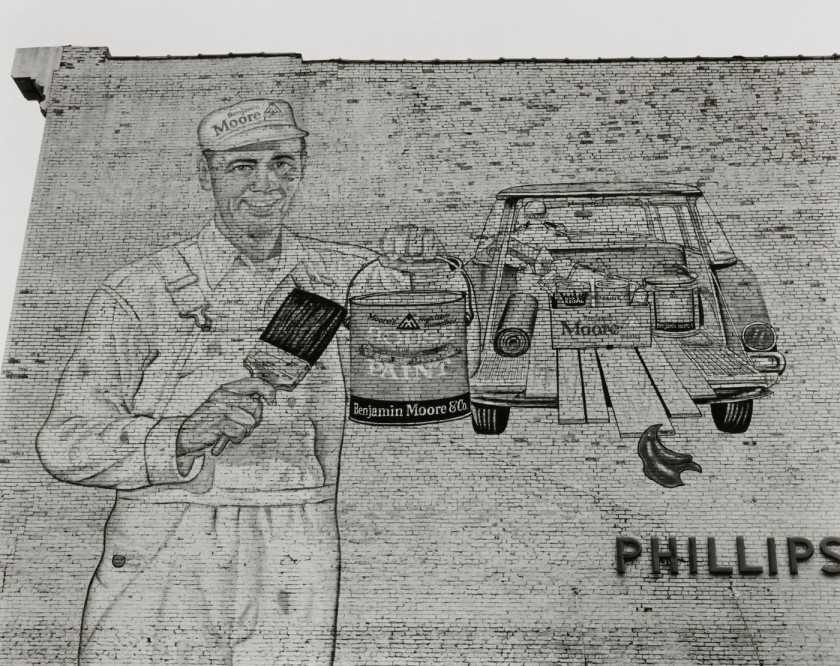
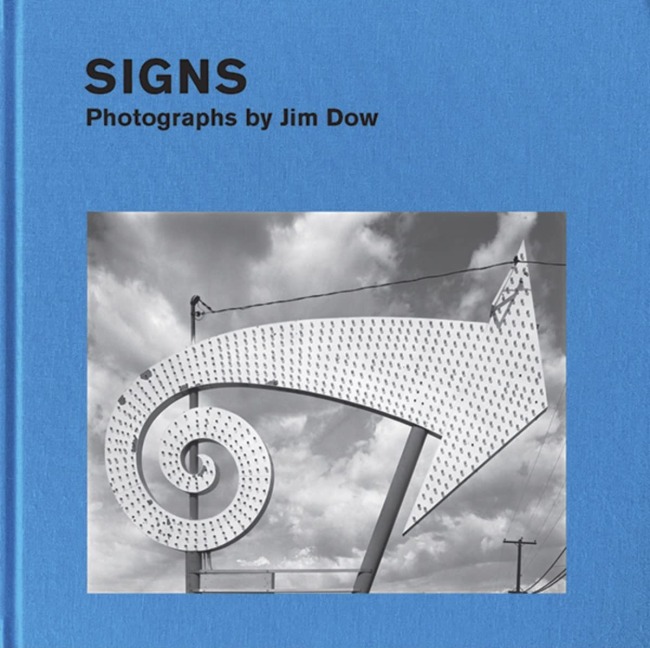
You must be logged in to post a comment.